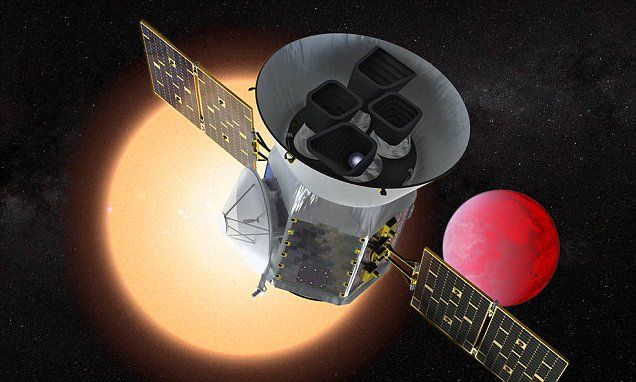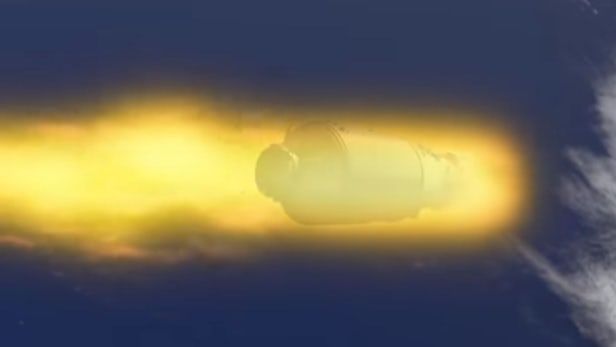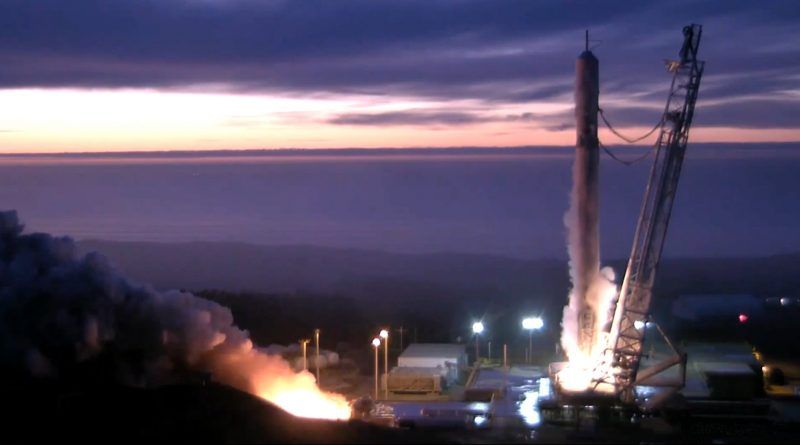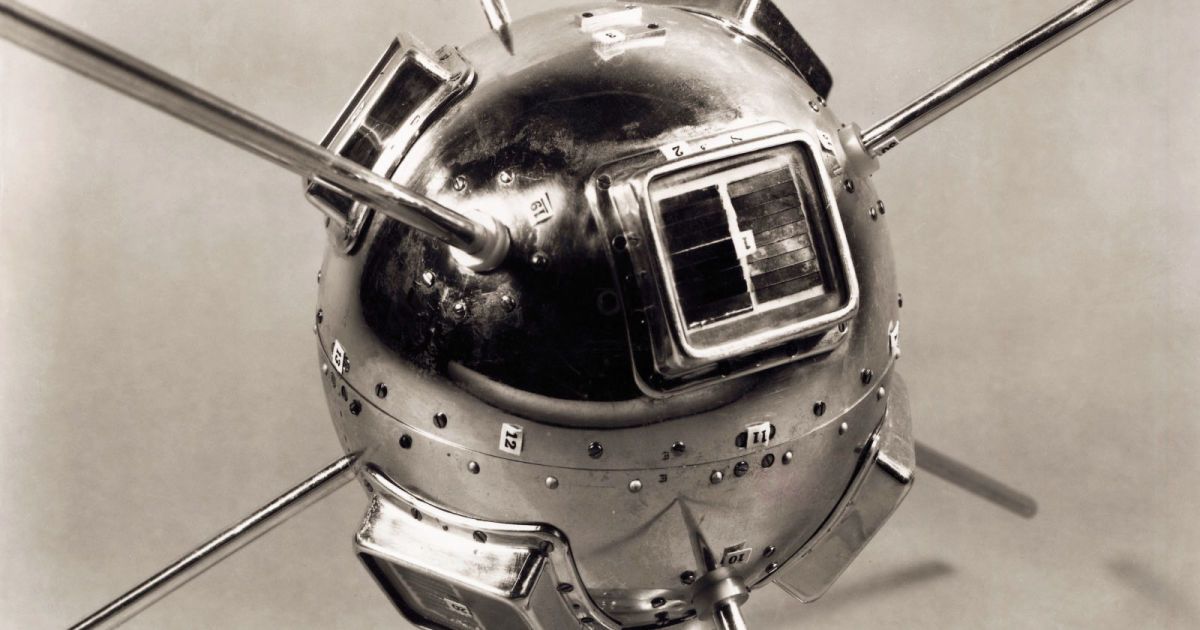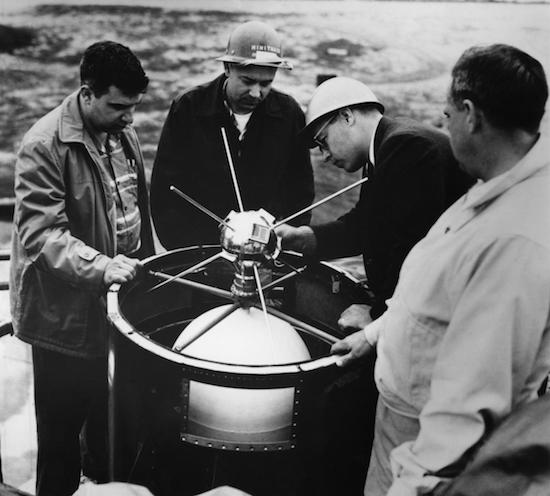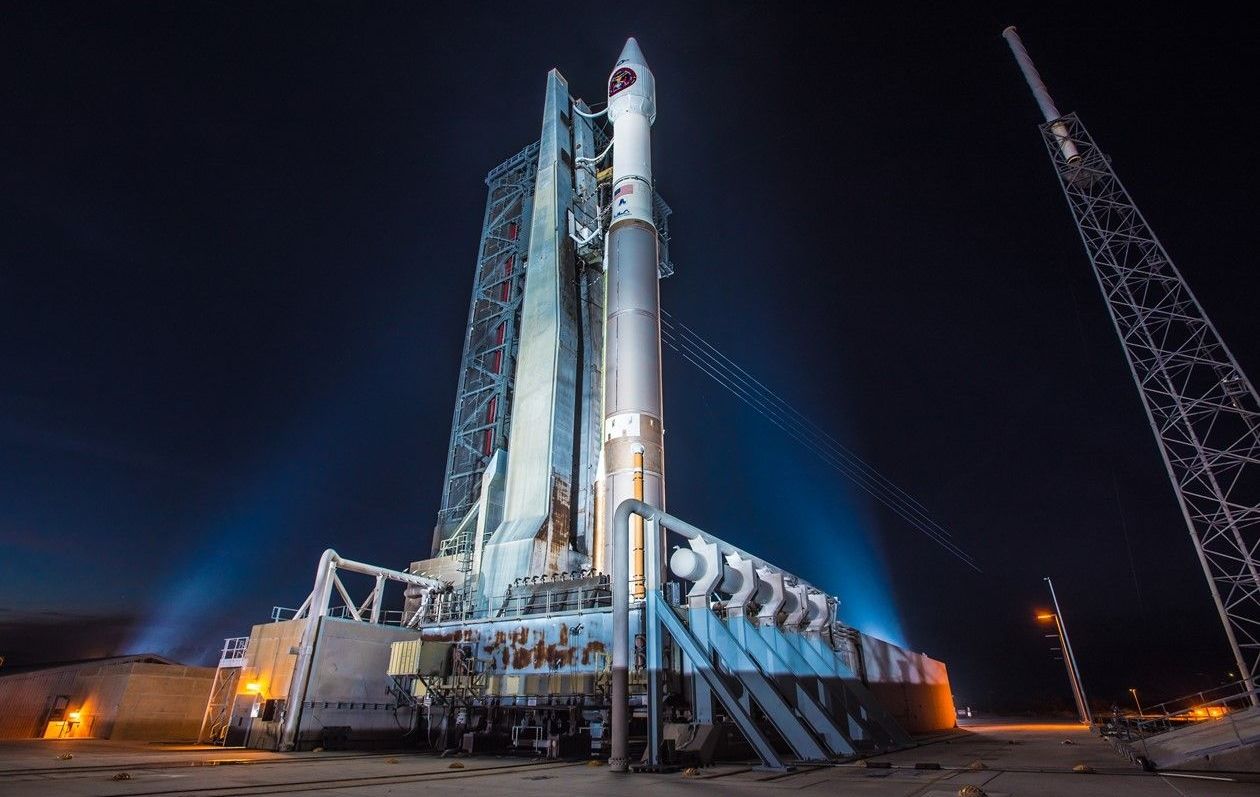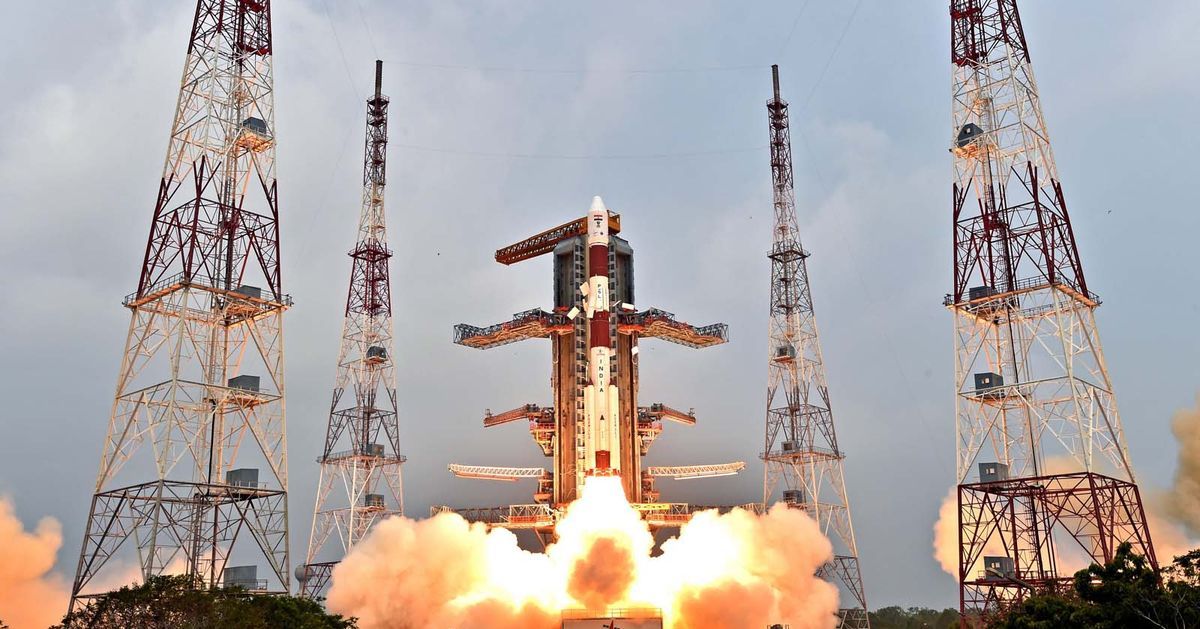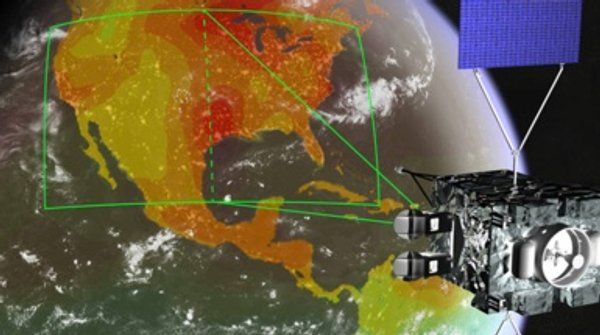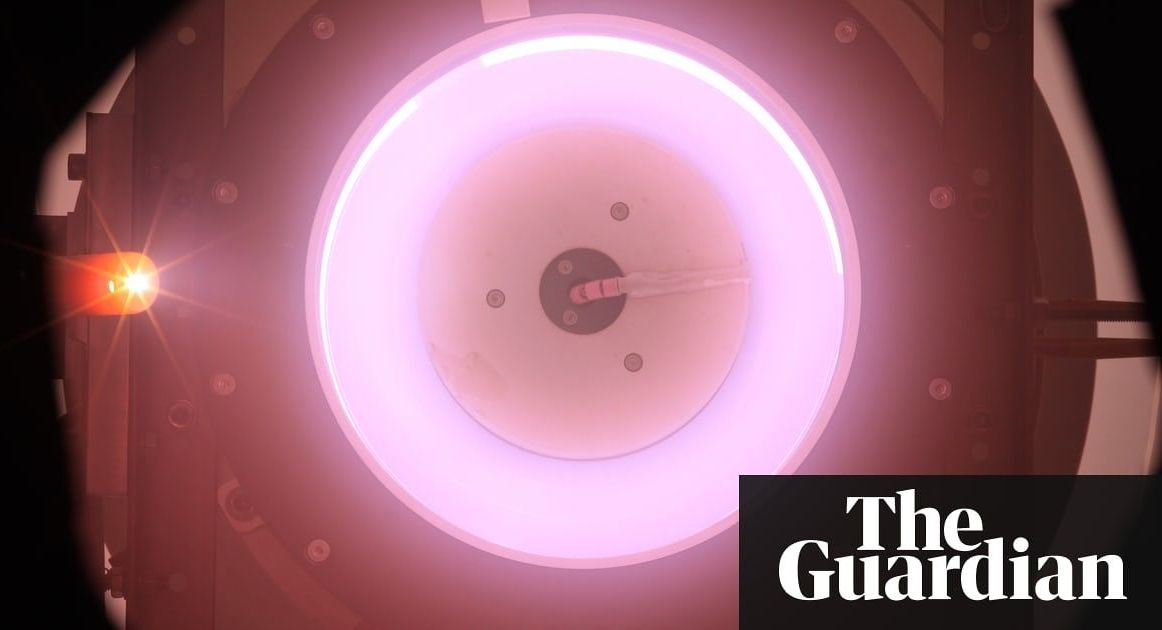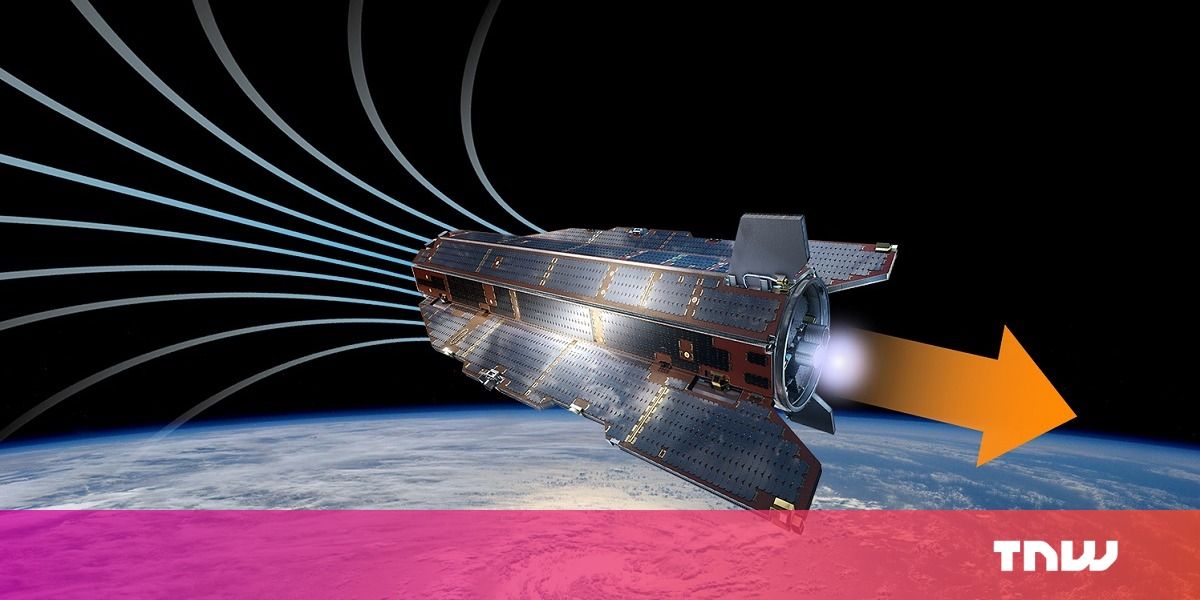Mar 29, 2018
NASA’s planet-hunting spacecraft TESS moves closer to launch
Posted by Carse Peel in category: satellites
NASA is now just weeks away from launching its next mission to find undiscovered worlds beyond our solar system.
In a press conference Wednesday afternoon, the space agency revealed its Transiting Exoplanet Survey Satellite (TESS) is undergoing the final preparations in Florida ahead of its April 16 launch.
Continue reading “NASA’s planet-hunting spacecraft TESS moves closer to launch” »
